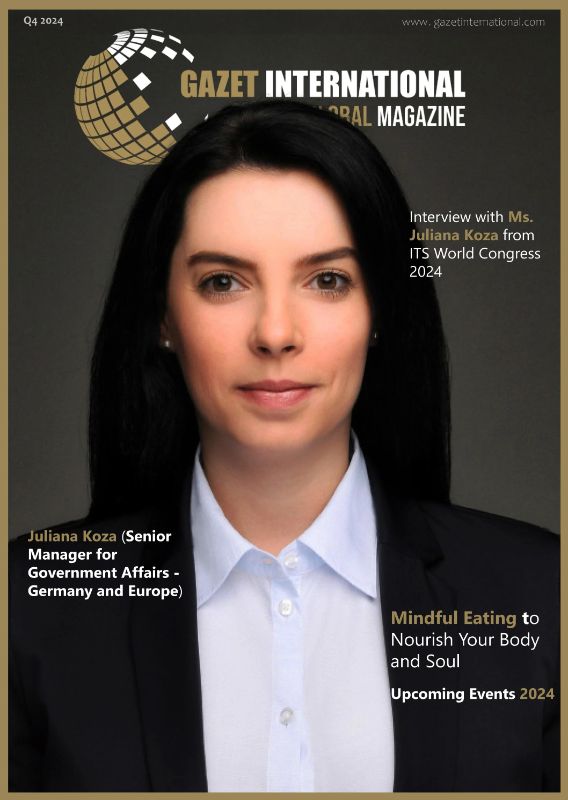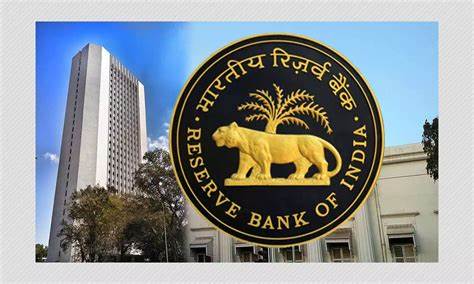The Reserve Bank of India (RBI) issued relaxed final guidelines on banks’ liquidity coverage ratio (LCR). Analysts expect this to free up capital worth up to 3 trillion rupees ($35.24 billion). This could boost credit growth by as much as 2 percentage points.
On Monday, the RBI lowered the proportion of high-quality liquid assets (HQLA) required for digitally linked deposits. HQLA includes cash, central bank reserves, and federal government bonds. The RBI said the net impact would improve banks’ LCR by around 6 percentage points as of December-end.
India’s banking system has an estimated HQLA of almost 45 trillion to 50 trillion rupees. Anil Gupta, senior vice president at ICRA, said this means they could have an additional 2.7 trillion to 3 trillion rupees in lendable resources.
“This is equivalent to 1.4-1.5 percentage points of additional credit growth potential,” he said.
Macquarie estimated additional deployable liquidity around 2.5-3 trillion rupees. This implies a potential increase between 1.4-1.6 percentage points in credit growth for the banking system.
Morgan Stanley analysts estimated “an additional loan growth of 1-2 percentage points” in a note.
Slowing credit growth has worried Indian lenders and the RBI. Authorities are seeking to push growth.
Loan growth at Indian banks moderated for an eighth straight month in February, according to central bank data. Earlier this month, HSBC cut its credit growth estimate for the last financial year to 11.5% from 12.5%.
The guidelines will be implemented from April 1, 2026. This is a year later than initially proposed. The RBI stated that all banks will continue to “meet the minimum regulatory requirements comfortably until the implementation.”
Morgan Stanley expects some benefits in the current financial year’s earnings. Lenders have been maintaining the LCR at 115%-130% against a requirement of 100%. The brokerage also estimated “margin improvement of around 2-4 basis points after the implementation.”
Click here for more Banking news.


